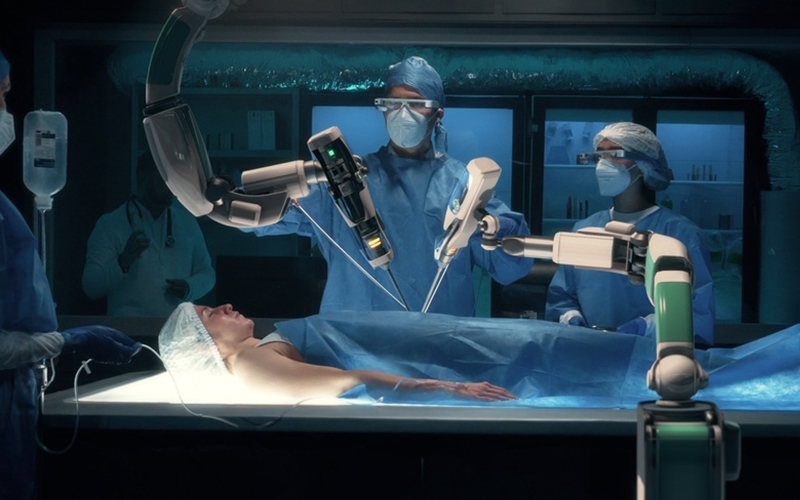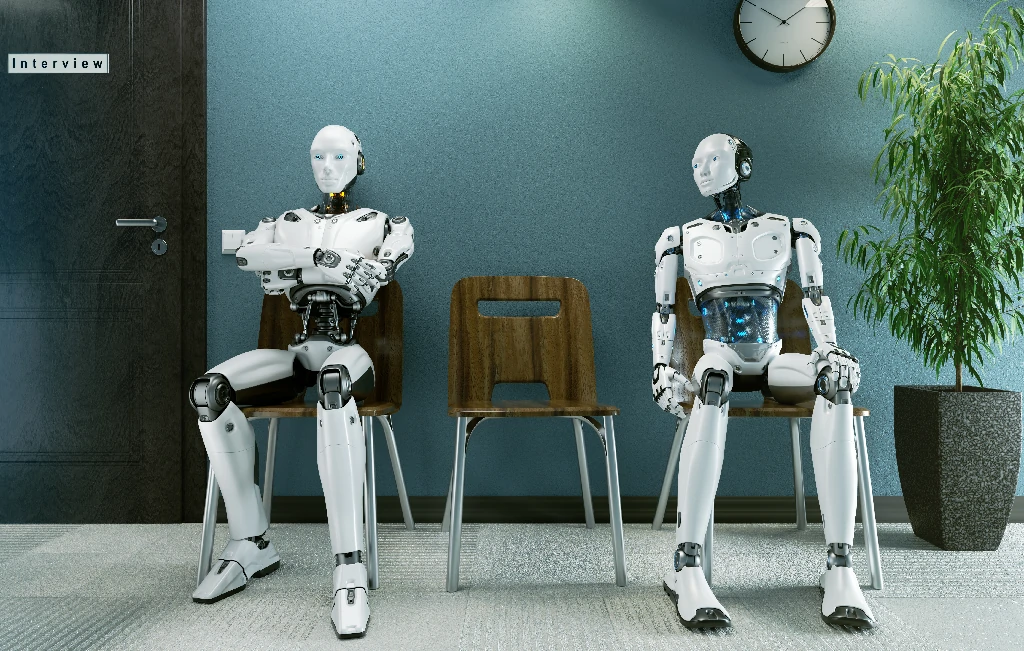justineanweiler.com – The idea of robot doctors might sound like science fiction, but it’s quickly becoming a topic of real-world exploration. As technology advances, the potential for robots to assist or even replace some functions of human doctors becomes more feasible. But what does a future with robot doctors look like, and what are the benefits and challenges of using them in healthcare? Here’s a closer look at whether we’ll have robot doctors in the future and what that might mean for medicine.
1. The Role of Robots in Healthcare Today
Robots are already playing a significant role in healthcare, but their tasks are currently limited. Today’s medical robots assist doctors rather than replace them, enhancing precision in surgeries, delivering medications, and even helping with rehabilitation.
- Surgical Robots
Surgical robots, like the da Vinci Surgical System, are already in widespread use. They allow surgeons to perform minimally invasive procedures with remarkable accuracy and control, resulting in shorter recovery times for patients. However, a human surgeon still controls these robots; they don’t operate independently. - Robots for Rehabilitation and Physical Therapy
Rehabilitation robots help patients regain movement and strength after injuries or surgeries. For example, robotic exoskeletons enable patients with limited mobility to stand and walk during therapy, while robotic arms assist in regaining arm function. These robots provide consistent support that complements traditional therapy. - Administrative and Assistance Robots
Healthcare facilities are also adopting robots to assist with logistics, such as delivering medications, meals, and lab samples around hospitals. Robots like TUG can transport items to different hospital areas, allowing healthcare staff to focus on more patient-centered tasks.
2. How Robot Doctors Could Revolutionize Healthcare
While robots currently support doctors, there’s potential for them to take on more responsibilities in the future. Robot doctors could make healthcare more efficient, accessible, and affordable.
- Advanced Diagnostics
AI-powered robots could play a large role in diagnostics, analyzing medical images, test results, and patient records to identify diseases. Algorithms that process vast amounts of data can identify patterns and detect diseases earlier than human doctors in some cases. For example, AI systems are being used to detect conditions like cancer and heart disease in their early stages. - Precision Surgery and Autonomous Procedures
In the future, robot doctors may be capable of performing certain procedures autonomously. By combining AI with advanced sensors and robotic technology, robot surgeons could execute precise, complex procedures with minimal supervision, potentially leading to fewer errors, shorter surgery times, and faster patient recovery. - 24/7 Healthcare Access
With robotic doctors, healthcare could become accessible 24/7. For patients in remote areas, robots could provide essential medical services, such as consultations or even minor surgeries, without needing to travel to a hospital. These robots could connect to specialists via telemedicine, providing expert guidance even in isolated regions.
3. Benefits of Robot Doctors
Introducing robot doctors could bring several advantages to healthcare systems worldwide, including:
- Improved Efficiency
Robots could handle routine tasks, allowing human doctors to focus on complex cases and patient interaction. This division of labor could help reduce long wait times and burnout among medical professionals. - Reduced Costs
In the long term, robot doctors could lower healthcare costs by making procedures more efficient and reducing hospital stays. Robots don’t require the same level of training or salaries as human doctors, which could decrease the financial burden on healthcare systems. - Enhanced Accuracy and Consistency
Robot doctors could reduce human error, particularly in tasks like surgery, where precision is critical. Machines can perform repetitive tasks consistently, reducing the risk of mistakes due to fatigue or other human factors. - Accessibility in Underserved Areas
Rural and remote areas often lack access to specialized medical care. Robots could bridge this gap, providing diagnostic and treatment services in regions where human healthcare providers are scarce.
4. Challenges and Limitations of Robot Doctors
Despite the potential benefits, using robots as doctors raises several ethical, technical, and practical challenges.
- Lack of Human Touch
One of the biggest concerns with robot doctors is the lack of empathy and human connection, which are essential parts of medical care. Patients may be less comfortable sharing personal health details or might feel detached from the care process if they’re interacting solely with machines. - Complex Ethical and Legal Questions
If a robot doctor makes a mistake or a misdiagnosis, who is responsible? The legal accountability of robot doctors is unclear, and regulating their use would require significant changes to healthcare laws. Additionally, privacy concerns arise with using AI in healthcare, as sensitive medical data could be vulnerable to breaches. - High Development and Maintenance Costs
Developing and maintaining robot doctors requires significant investment in both technology and training. Robots are still a considerable expense, and it may be some time before healthcare systems can justify these costs, especially in lower-income countries. - Technical Limitations and Reliability
Robot doctors rely heavily on technology, which is not immune to malfunctions or cyber-attacks. Building robots that are both highly functional and secure will be essential to ensure patient safety and confidence in robot-assisted or robot-led procedures.
5. Hybrid Models: Collaboration Between Humans and Robots
One likely scenario is a hybrid model, where robots and human doctors work together, combining the strengths of both. For example:
- Assistive Robots
Robots could take on routine diagnostics and administrative tasks, while human doctors focus on complex cases and decision-making. AI could process patient data and provide doctors with comprehensive insights, enabling quicker and more accurate diagnoses. - Telemedicine Robots
Robots could serve as intermediaries in telemedicine, gathering vital signs and basic diagnostic information before a human doctor joins the consultation. In rural areas, this could allow patients to receive high-quality care without requiring a specialist on-site. - Training and Skill-Building
Robots could assist in training medical students by simulating different scenarios, enabling them to practice procedures and decision-making in a risk-free environment. This could enhance learning outcomes and prepare future doctors to work alongside medical robots.
6. The Future of Robot Doctors: A Balanced Perspective
The future of robot doctors looks promising but is likely to evolve gradually. Robots are expected to become valuable allies in healthcare, assisting doctors and improving efficiency, accuracy, and accessibility. However, it’s unlikely that robots will completely replace human doctors, especially in areas where empathy and patient communication are essential.
As technology progresses, a balanced approach may be the best way forward. In this vision of the future, human doctors and robots work in partnership, each complementing the other’s strengths to deliver the highest quality of care. This hybrid model could lead to a new era in healthcare—one that is efficient, accessible, and compassionate.




